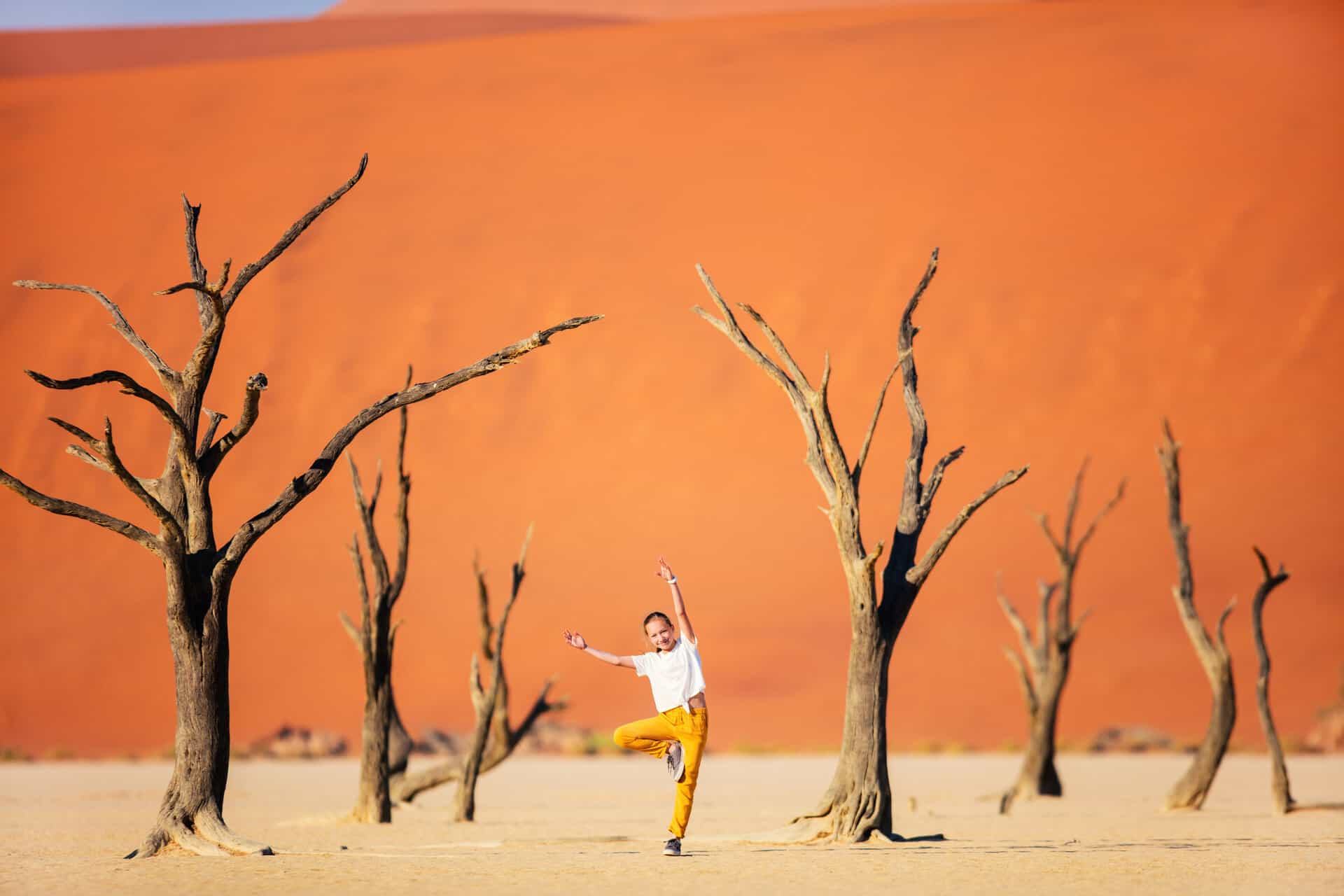Tarkine, Tasmania, Australia
Tasmania's woodland wildness is a wild tangle of huge tree ferns, moss-clad trees, roaring rivers, and tucked-away waterfalls that lead to steep sand dunes and craggy beaches littered with driftwood. Tarkine, however, remains under threat, with areas remaining vulnerable to logging and mining projects. Save the Tarkine, a campaign organization, wants the region to be protected by UNESCO, noting its value as one of the greatest surviving tracts of temperate rainforest, biodiversity, and home for the nearly endangered Tasmanian devil.
Alladale Wilderness Reserve, Scotland, UK
Alladale, located around 90 minutes north of Inverness, is both a resort and a reserve. The resort features an all-inclusive lodge and self-catering cottages (reservations necessary) nestled within 24,000 acres of Scotland's last surviving wild places, originally inhabited by wolves. The steep glens are cut by rivers and foraged by red deer and red squirrels, while the site's re-wilding programs include native tree planting and Scottish wild cat breeding, which were originally prevalent in the region.
Northeast Greenland National Park, Greenland

Much of Greenland is covered in hypnotic and nearly quiet expanses of wilderness, including the protected 375,000 square miles (972,000 square kilometers) of Greenland National Park in the country's northeast. This is the world's largest national park, and it is relatively inaccessible, with just a few individuals able to visit it frequently. Most tourists may only see as part of an excursion. It's precisely why the panorama of glaciers and snow-covered peaks, home to polar bears and enormous walruses, is so beautifully wild and untamed.
Jigme Dorji National Park, Bhutan
Tigers, snow leopards, and Asiatic wild dogs are among the mysterious and captivating species that inhabit Jigme Dorji National Park, one of Bhutan's largest and most biodiverse preserves. The Himalayan monarchy is strongly committed to nature preservation; it is inscribed into the constitution that at least 60% of the land is covered in forest, and more than 51% of the nation is protected. It is on UNESCO's tentative list because of its diverse fauna and the park's semi-nomadic Layap inhabitants.
Cumberland Island, Georgia, USA
Wild horses wander this island's biscuit-coloured beaches and salt-sprayed woodlands, grazing on dune grass and sleeping on the sand. The barrier island off Georgia's southeastern coast also serves as a breeding location for loggerhead sea turtles. Because of its vital species and various ecosystems, including wetlands and marshes, the 36,000 acres of wildness have been declared as a protected National Seashore.
Wild Nephin Ballycroy National Park, Republic of Ireland

This national park, Ireland's first designated wilderness area, is a gloriously wild, rainy, and windy landscape of blanket bog and mist-wrapped mountains. The park, located in County Mayo, is also one of the country's most isolated places. The Nephin Beg mountains dominate a large terrain, which is home to red deer, otters, and endangered bird species like as golden plovers and merlins.
Fiordland National Park, New Zealand
The emerald-clad and snow-capped peaks that rise above Milford Sound are the most well-known features of this national park, which is New Zealand's largest and one of the world's largest protected regions. Its beauty has never been totally tamed, with local Maori people only visiting this vast area to hunt and fish. This is pure, unadulterated beauty, with dense rainforest clinging to steep mountain sides and waterfalls cascading like liquid silk into mirror-like fjords cut by glaciers and inundated by the sea.
Read Also: Things to Do this Weekend in Milwaukee
Peel Watershed, Canada
Peel Watershed comprises over 30,000 square miles (77,000 square kilometers), making it one of North America's greatest areas of unspoiled wilderness. The biodiverse region, whose mountains and rivers provide home for species such as dall sheep and caribou, is under threat of development due to its gas, iron, and coal reserves. Following a protracted struggle between the Yukon government and a coalition of indigenous First Nations and environmental groups, around 80% of the area is now protected in a recent verdict.
Namib Naukluft National Park, Namibia

This protected area, which extends from Namibia's Atlantic coast, includes some of the country's most magnificent and diverse terrain, ranging from the undulating red dunes of the Namib Desert to inhospitable salt flats. The eerie white clay pans of Deadvlei, which meaning 'dead marsh', is littered with dead trees and stands out against the scorching dunes. It's so strikingly gorgeous that it seems more like a painting or an art piece than the outcome of nature, as does most of this stunning park.
Jiuzhaigou National Park, China
Every inch of Jiuzhaigou National Park in China's northern Sichuan province is breathtakingly beautiful. The natural reserve consists of many valleys cut into alpine mountains with spindly summits. In between are limestone terraces, large waterfalls, lakes, and multicolored pools with beautiful turquoise and purple waters. The wildlife is similarly stunning, with enormous pandas and Sichuan takin (goat-antelopes) inhabiting this fairy-tale region.

